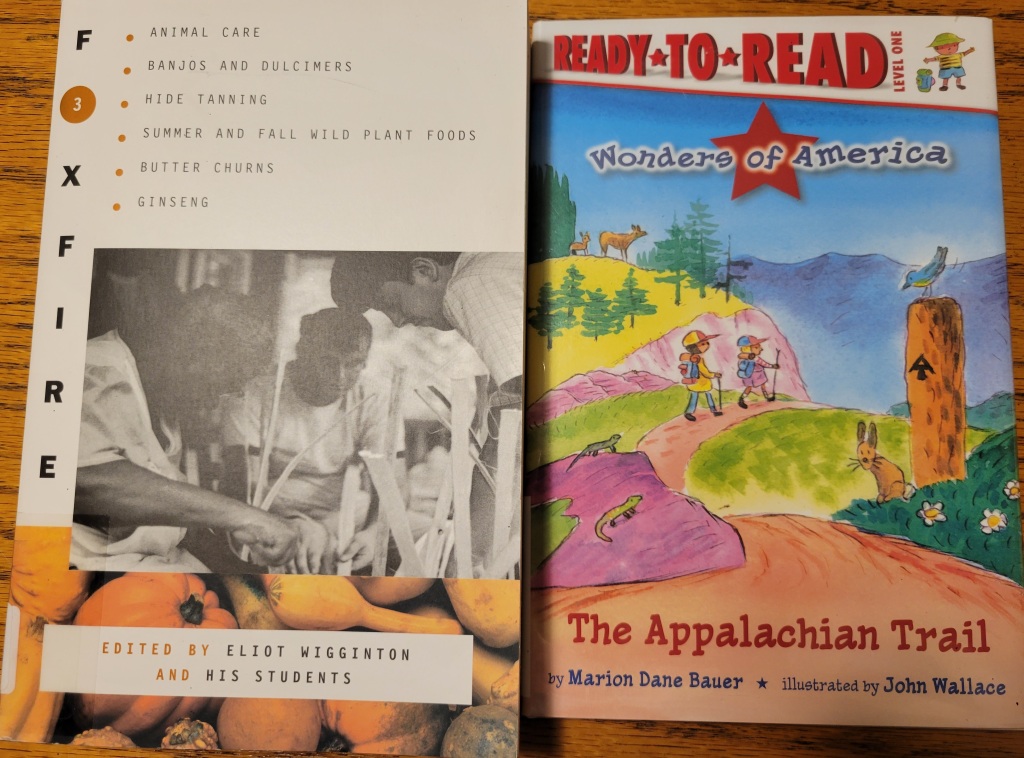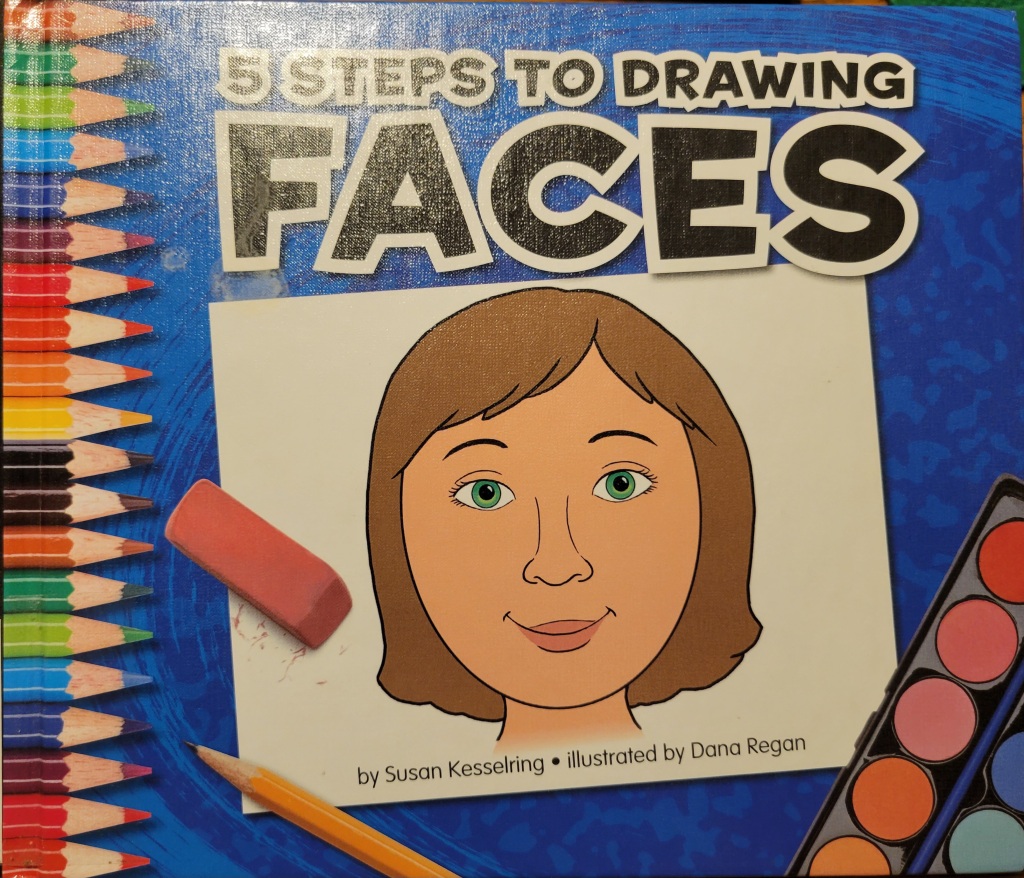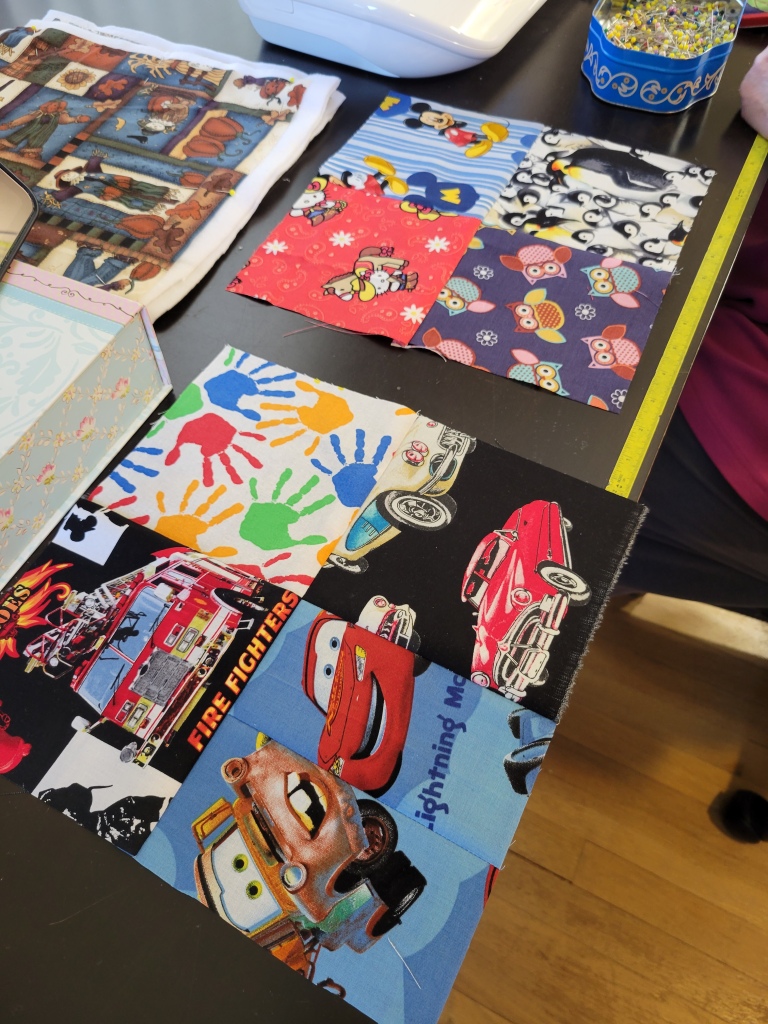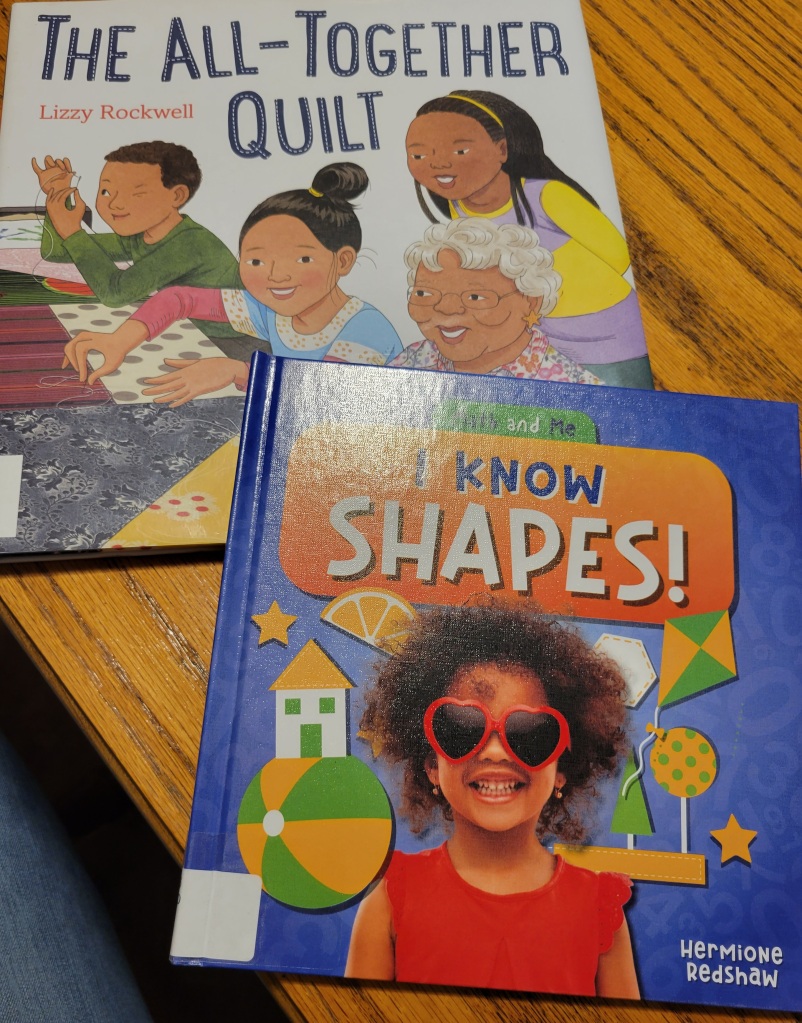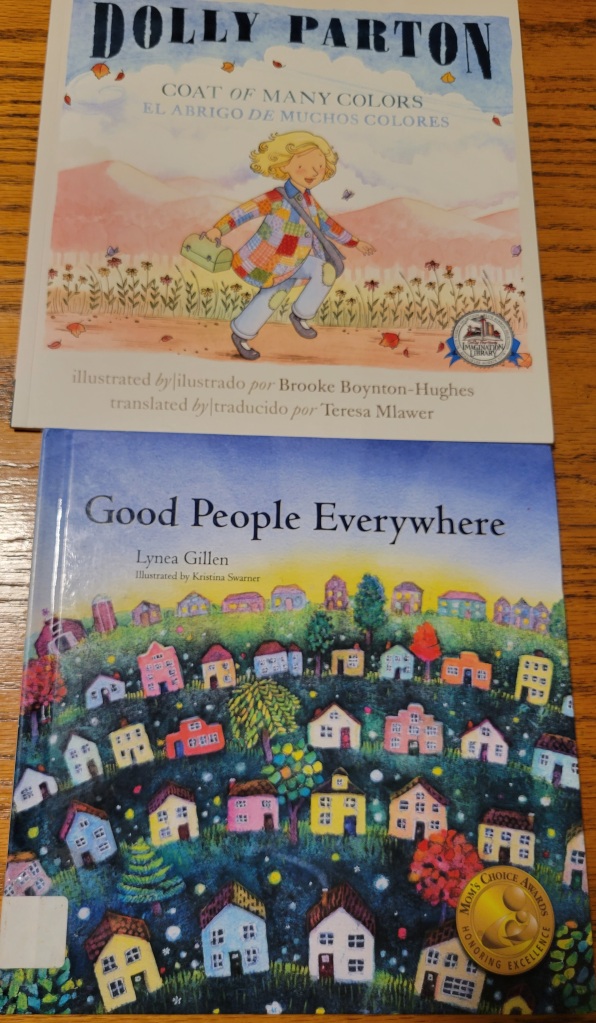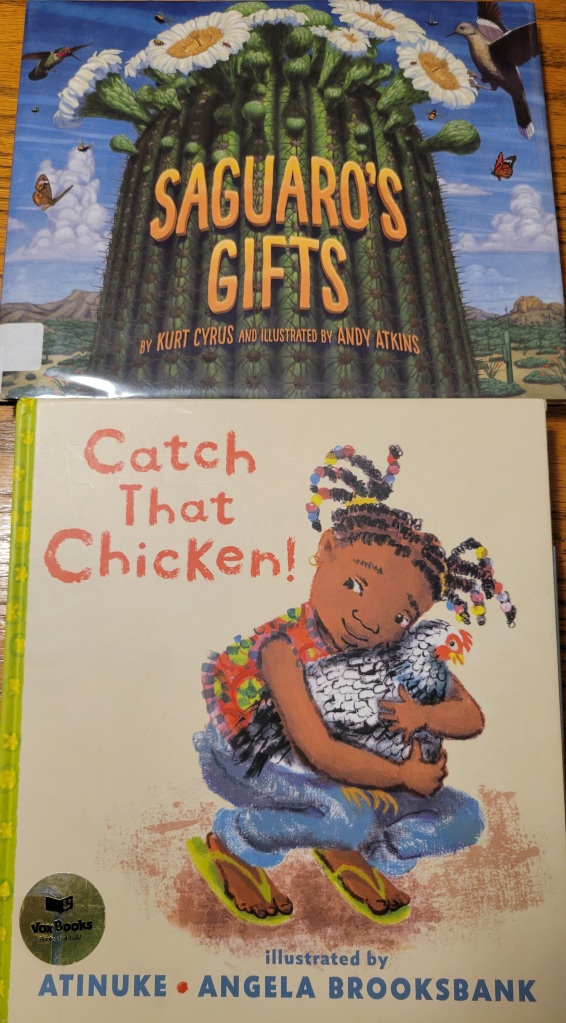
I went ahead and splurged on the treasury edition that has 4 of Virginia Lee Burton’s classic stories. We’ve borrowed it from the library enough that it was time to add it to our home library. The kids love this story and the personification of Mary Anne the steam shovel. They could help me finish the repetitive lines throughout by the end of the week, and my 5 year old even wanted to say the little boy’s lines when we got to them. He said them from memory and wasn’t too far off from the text.
We went on a train ride the last day of the week with my sister, to experience what a real steam engine would be like. Alas, it was pulled by a diesel, but the conductor had a side by side illustration of a diesel and a steam so we could see the differences. It was a super fun experience for the kiddos regardless, especially trying to walk around while it was moving and going between cars. We’re also blessed to live close a river and there used to be a canal running alongside the river throughout our side of the state. Sunday afternoon, we visited a museum with all sorts of artifacts of the time of the canal and the river boat culture.
Social Studies

“Superpower” has amazingly detailed pen drawings of steam trains and the various engineering aspects of it. We spent a lot of time inspecting the pictures, but the text was very much beyond our abilities. “Creekfinding” was a really great true story about a man who re-wilds a farm, describing the process of restoring a creek that ran through it, enough for trout to thrive again. I recently took an EPA class on wetlands so this really checked some boxes for me – wetlands are amazing!
Art
These books are very cool, even though my kiddos don’t have the skills to draw with this kind of detail or sight. It’s valuable to see the stages of a drawing, from simple shapes to gradual adding of details and then definition and bolder markings. I almost always learn something more about art when we do these exercises and read these books.

Science
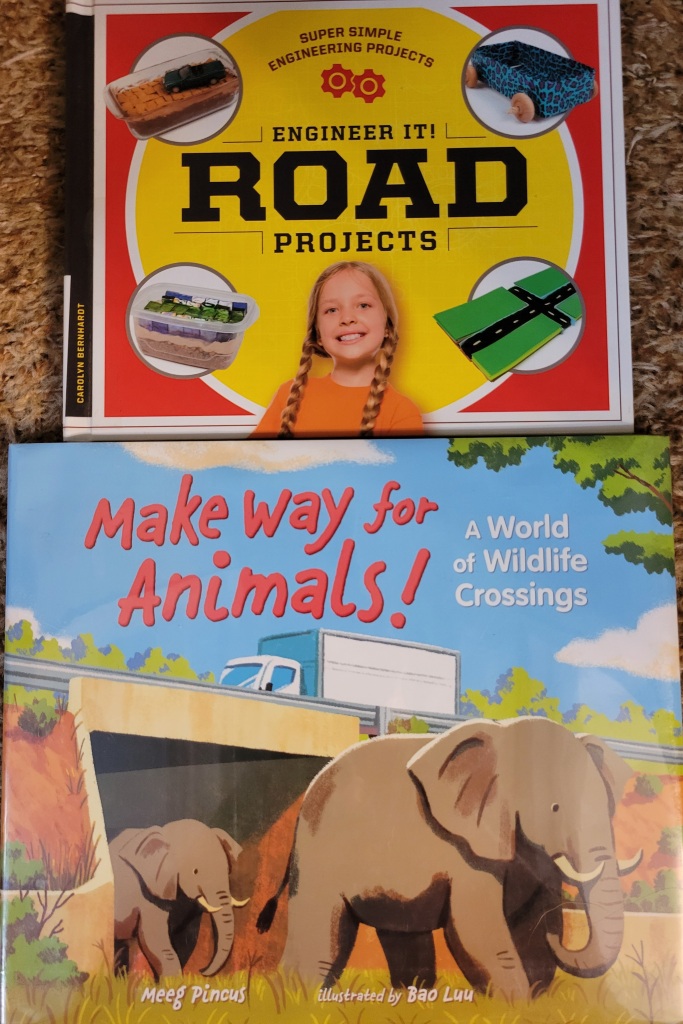
“Engineer it!” books are awesome! They are “super simple” and, practically, would be great for older elementary. My kids just don’t have the skills yet to do this kind of stuff on their own, but my engineering-minded 5 year old was really inspired just looking at the pictures.
“Make Way for Animals!” was such a neat read! All about wildlife crossing of various kinds across the world. These kinds of books awaken your mind to problems that you would never know existed unless you were right there dealing with it. We’ve been thinking of all kinds of crossings that could be implemented when we’re out driving and what animals they would serve.
This week’s poem is a classic, The Song of the Engine:
When you travel on the railways,
And the line goes up a hill,
Just listen to the engine,
As it pulls you with a will,
Though it goes so very slowly
It sings this little song,
“I THINK I CAN, I THINK I CAN,”
And so it goes along.But later on the journey,
“The Song of the Engine” by Christine Weatherly
When you’re going down a hill,
The train requires no pulling,
And the engine’s singing still,
If you listen very quietly,
You will hear this little song,
“I THOUGHT I COULD. I THOUGHT I COULD!”
And so it speeds along.
Disclaimer: This site uses some affiliate links. This costs you nothing, but helps supplement our homeschooling costs.
Complete Booklist:
- “Mike Mulligan and His Steam Shovel” by Virginia Lee Burton
- “Conservation” by Andrea Rivera
- “Creekfinding” by Jacqueline Briggs Martin
- “Engineer It! Road Projects” by Carolyn Bernhardt
- “Make Way for Animals!” by Meeg Pincus
- “Vehicles” by Georgia Amson-Bradshaw
- “Superpower” by David Weitzman
- “How to Draw Trees” by Denis John-Naylor






